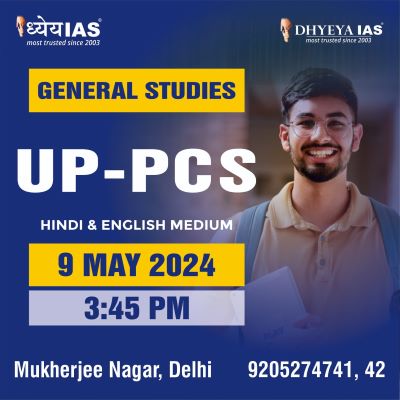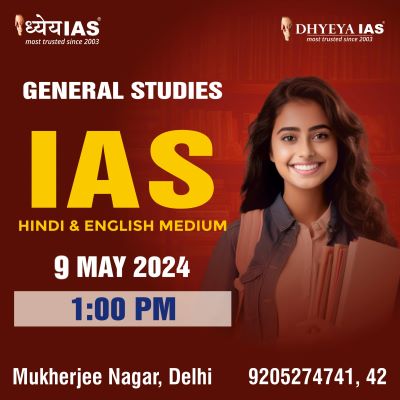Current Affairs Brain Booster for UPSC & State PCS Examination
Topic: Notice Period Not Mandatory Under Special Marriage Act

Why in News?
- Recently, Allahabad High Court has ruled that couples seeking to solemnise their marriage under the Special Marriage Act, 1954 can choose not to publish the mandatory 30-day notice of their intention to marry.
Background
- The court was hearing a habeas corpus petition filed by one Abhishek Kumar Pandey, alleging that his wife’s father has stopped her from staying with him. His wife had converted to Hinduism from Islam to marry Pandey.
- While the case was settled after the woman and her father accepted the marriage, the couple informed the court that they could not solemnise their wedding under the Special Marriage Act because of the 30-day notice period.
- They asserted that it was an invasion of their privacy and would have caused “unnecessary social pressure/interference in their free choice with regard to their marriage”.
Provisions under Special Marriage Act, 1954
- The Special Marriage Act to provide a framework for inter-caste and inter-religious marriages was originally enacted in 1872.
- Section 5 of the Act requires couples intending to marry under the law to give a 30-day notice period to a marriage officer of the district in which at least one of the parties has resided in the last 30 days. The notice is supposed to be published under Section 6 of the Act.
- During these 30 days, anyone can object to the marriage if it contravenes conditions such as age, capacity to consent, incest, etc. If there are no objections, the marriage can be solemnised at the end of the 30-day period, according to Section 7 of the Act.
- The court has now said a couple while giving the 30-day notice under the law can request the marriage officer to publish or not publish it for inviting objections.
Arguments for the Judgement
- The procedure of publication of notice and inviting objections to the intended marriage in Act of 1954 thus has to be such that would uphold the fundamental rights and not violate the same.
- In case the same on their simplistic reading are held mandatory, as per the law declared, they would invade in the fundamental rights of liberty and privacy, including within its sphere freedom to choose for marriage without interference from state and non-state actors, of the persons concerned.
- The court noted that despite the secular law for marriage, a majority of marriages in the country happen as per religious customs. It said that when marriages under personal law do not require a notice or invitation for objections, such a requirement is obsolete in secular law and cannot be forced on a couple.
Previous Rulings by the Supreme Court and Other High Courts
- The landmark progressive ruling on the right to privacy by the Supreme Court, including the 2017 Aadhaar case, recognised the right to privacy as a fundamental right.
- The 2018 ruling which held that the right to choose a partner is a fundamental right in the case involving Hadiya, a medical student who converted to Islam to marry a Muslim.
- The 2018 ruling in which the court decriminalised homosexuality.
- In 2012, the Himachal Pradesh High Court had struck down similar provisions that required notice of intention in case of religious conversion in the Himachal Pradesh Freedom of Religion Act, 2006, citing that it violates the fundamental right to privacy. However, the state, repealing the 2006 law, enacted a law in 2019 with the same provisions that the court struck down.
- The Uttar Pradesh Prohibition of Unlawful Conversion of Religion Ordinance, 2020, declared conversion of religion by marriage to be unlawful, mandates a 60-day notice to the District Magistrate and also requires the Magistrate to conduct a police inquiry to ascertain the real intention behind the conversion.























